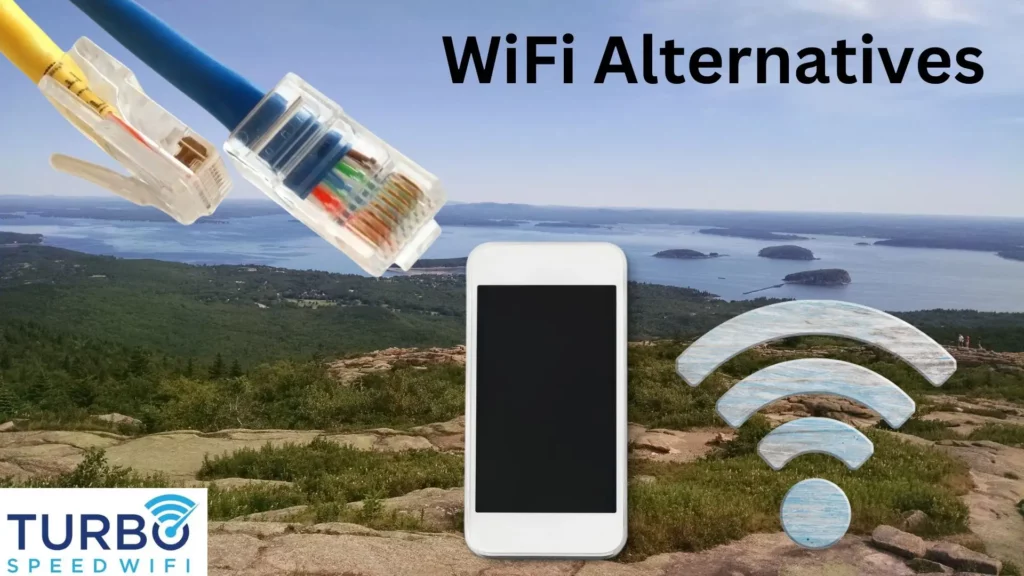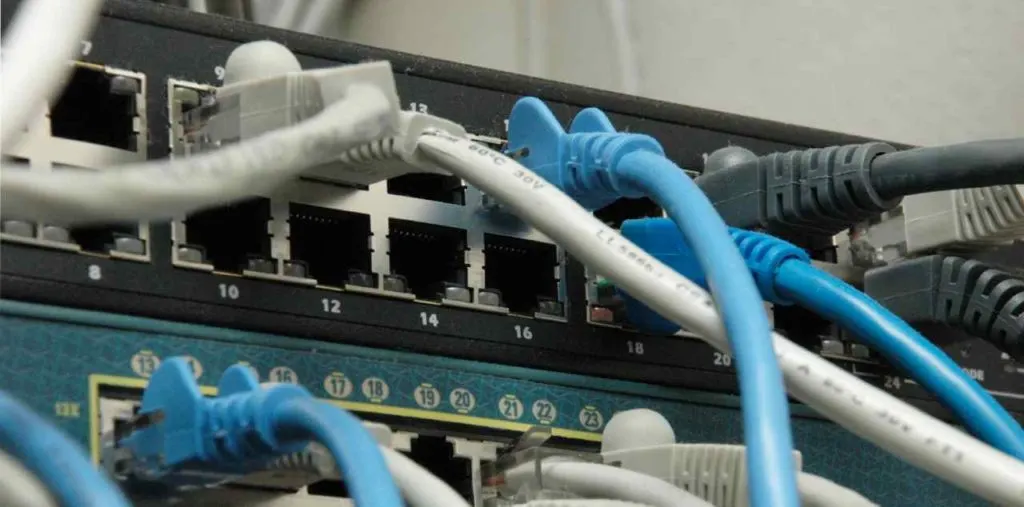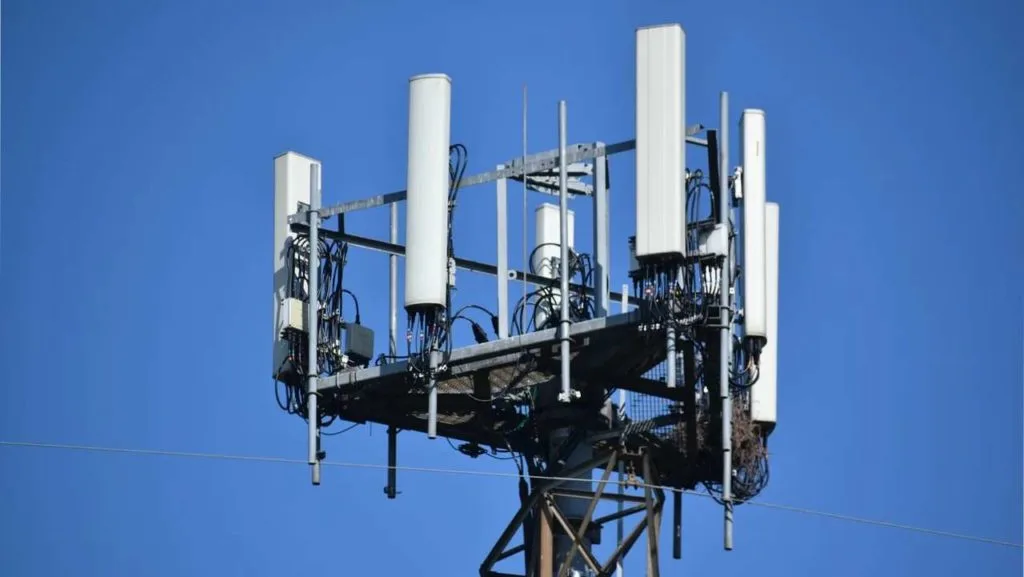WiFi is virtually everywhere. When it comes to networking technologies, WiFi is often put in the spotlight. This is because of its widespread popularity. There are, however, other methods of connecting devices to your home network and the internet.
Although WiFi meets the needs of most people perfectly well, there are certainly specific cases where you may want to consider these alternative connectivity options. Each WiFi alternative has its own pros and cons to look at.
Throughout this blog post, the term WiFi specifically refers to wireless connectivity using the WiFi (IEEE 802.11) standard and not internet itself. That’s right, WiFi and internet are not the same.
Wifi Alternatives

1. Ethernet
Ethernet is king. When it comes to networking, ethernet is the most important connectivity standard. Although the convenience of WiFi has largely pushed ethernet out of the consumer spotlight, ethernet is still a very useful technology for networks of all sizes. While ethernet is not particularly useful for mobile devices such as smartphones and tablets, it is a great option for stationary devices such as desktop computers, game consoles, streaming boxes, and smart TVs.
In the commercial networking space, it has always been said that if a device is not mobile, it needs to be hardwired. If you want the absolute best performance and stability for bandwidth-intensive tasks such as streaming or gaming, ethernet is your friend.
Our recent testing of download speeds on the Xbox Series X revealed that our download speeds increased more than four times from 214 Mbps to 871 Mbps when we switched from WiFi to ethernet. Additionally, our tests showed that latency (ping) was much more stable when using ethernet, especially when another person was simultaneously streaming Netflix.
Ethernet is a powerful technology that has been around for decades and continues to improve. If you want to get the most out of your devices, using a wired ethernet connection is a great choice. Another great thing about ethernet is that is plays very friendly with WiFi.
This means that you can hardwire stationary devices while keeping your WiFi bandwidth free for mobile devices that would be impractical to connect via ethernet. You can also use ethernet to extend your wireless network by adding a wireless access point. Ethernet is alternative to WiFi that should definitely at the top of your list.

2. Powerline Networking
Want to use ethernet but not sure about running cables? One great option is powerline networking. With powerline networking, your existing electrical wiring is used to carry the data. The setup is extremely simple; first, you purchase a powerline networking kit. This will come with a pair of powerline adapters. To use them, simply plug them into standard wall outlets, then use an ethernet cable to connect from the powerline adapter to your device.
Latency with powerline networking is usually very similar to straight ethernet and much more stable than WiFi in most cases. When it comes to gaming powerline is a close second to straight ethernet. In most cases switching from WiFi to powerline ethernet will reduce your ping spikes and make your connection much more stable.
Powerline networking will generally work properly as long as both outlets are both connected to the same electrical panel. If the two outlets are on the same circuit, the performance tends to be even higher.
There are some situations where powerline networking may not work as well. Most often, issues are the result of older wiring that is corroded or grounded improperly. If you live in an older building, powerline networking may not be the best option for you. That said, oftentimes, even with less-than-perfect wiring, powerline networking can provide a more stable connection than WiFi, especially for gaming, where latency is more important than raw speed.
If you want to try powerline networking, your best option would be to buy it from somewhere with a generous return policy and test it for a week or so. If it meets your needs, keep it, if it doesn’t, you can easily return it for a refund. This is important, given the impact that your wiring can have on performance. When purchasing a powerline kit, stick to a trusted brand such as TP-Link or Netgear. Most of the generic powerline networking adapters do not perform very well or malfunction after a short amount of time. If you are really stuck and asking yourself what can I use instead of wifi, powerline is one of the simpler options to install and configure.
Check Out Our Recommended Powerline Kit
3. MoCA Networking
Is your home wired with coaxial cable originally for TV? What if you could use that same wiring to carry network data? With MoCA networking, you can use existing coaxial cables run through your walls as a substitute for ethernet cables. Connecting your devices is very similar to using powerline networking and is simple, even for a beginner.
Performance is often times even greater than with powerline networking. If you have existing coaxial cable outlets in your home, MoCA is a great option that will likely greatly improve your performance and stability. If you do a lot of gaming or streaming and currently use WiFi, consider giving MoCA networking a look. There are some cases where MoCA networking does not work optimally, but this is less common than with powerline networking. Unlike electrical powerlines, coaxial cable was designed with signal integrity in mind.
If you want to give MoCA networking a try, your best option would be to buy it from somewhere with a longer return policy and test it for a week or two. If it performs as expected, keep it, if it doesn’t, you can easily return it for a refund.
Check Out Our Recommended MoCa Kit
4. 5G / 4G LTE Cellular
So far, we have covered connectivity options for stationary devices, but what about devices that are designed to be mobile? 5G / 4G LTE cellular is a viable WiFi alternative for mobile devices that simply need a connection to the internet and no access to local resources. This can be a suitable WiFi alternative, especially for devices that spend a large percentage of their time outside of the home and need always-on internet connectivity.
Network speeds with 4G LTE under optimal conditions can reach about 100 Mbps. Download speeds most commonly range from about 10 Mbps to about 45 Mbps, and upload speeds tend to max out at about 25 Mbps or less. This is faster than many DSL internet connections but not competitive with cable or fiber-based internet speeds.
5G promises much higher bandwidth than 4G LTE. 5G exists in multiple forms, using different frequency bands. Depending on the frequency band used, the distance from the antenna, and the amount of network congestion, download speeds can range from about 40 Mbps to almost 1 Gbps. Upload speeds tend to be much lower. This makes 5G bandwidth competitive with cable or fiber-based internet services in certain situations. That said, a cable or fiber connection will generally be more stable and consistent than a cellular-based service.
The biggest downside to cellular connections is often a lower data cap than what is found on traditional home broadband connections. This may become less of an issue as 5G capacity increases and cell phone carriers increase data caps. At the time being, 5G is, at best, a complement to traditional home broadband internet and not a replacement.

5. Bluetooth
Bluetooth is kind of an unusual option for network connectivity. Although Bluetooth is most commonly used for audio transmission, it is also a method that can be used for data transfer. This can include transferring pictures from your phone to your computer or sharing your mobile data with your laptop.
Although most people who use tethering connect via WiFI, most smartphones also offer the ability to tether over Bluetooth. This option is generally going to drain your battery slightly less fast. Using Bluetooth is also a good option if you are having trouble connecting via WiFi due to signal interference. Generally, Bluetooth tethering maxes out at 25 Mbps, which is theoretically slower than WiFi tethering. In practice, it makes little to no difference because 25 Mbps is plenty fast for most applications and often faster than your cellular data connection anyways.
There are plenty of alternatives to using WiFi as a means of connecting to the internet and your home network. Each alternative offers a series of advantages and disadvantages. Many of the technologies complement each other as well. Ethernet, for example, doesn’t have to be a replacement for WiFi, it can be used to connect specific high-bandwidth devices, allowing your other devices to work more effectively over WiFi.
WiFi Alternatives for Home
As popular as WiFi is, there are a variety of other technologies that can be used on your home network to provide connectivity. Ethernet, powerline, MoCA, cellular, and Bluetooth are all technologies that come with their own strengths and weaknesses.
They also provide unique advantages and disadvantages when compared with WiFi. Finding the ideal WiFi alternative for your home is easier than you probably thought. There are several other technologies that can provide internet connectivity without the use of WiFi.


